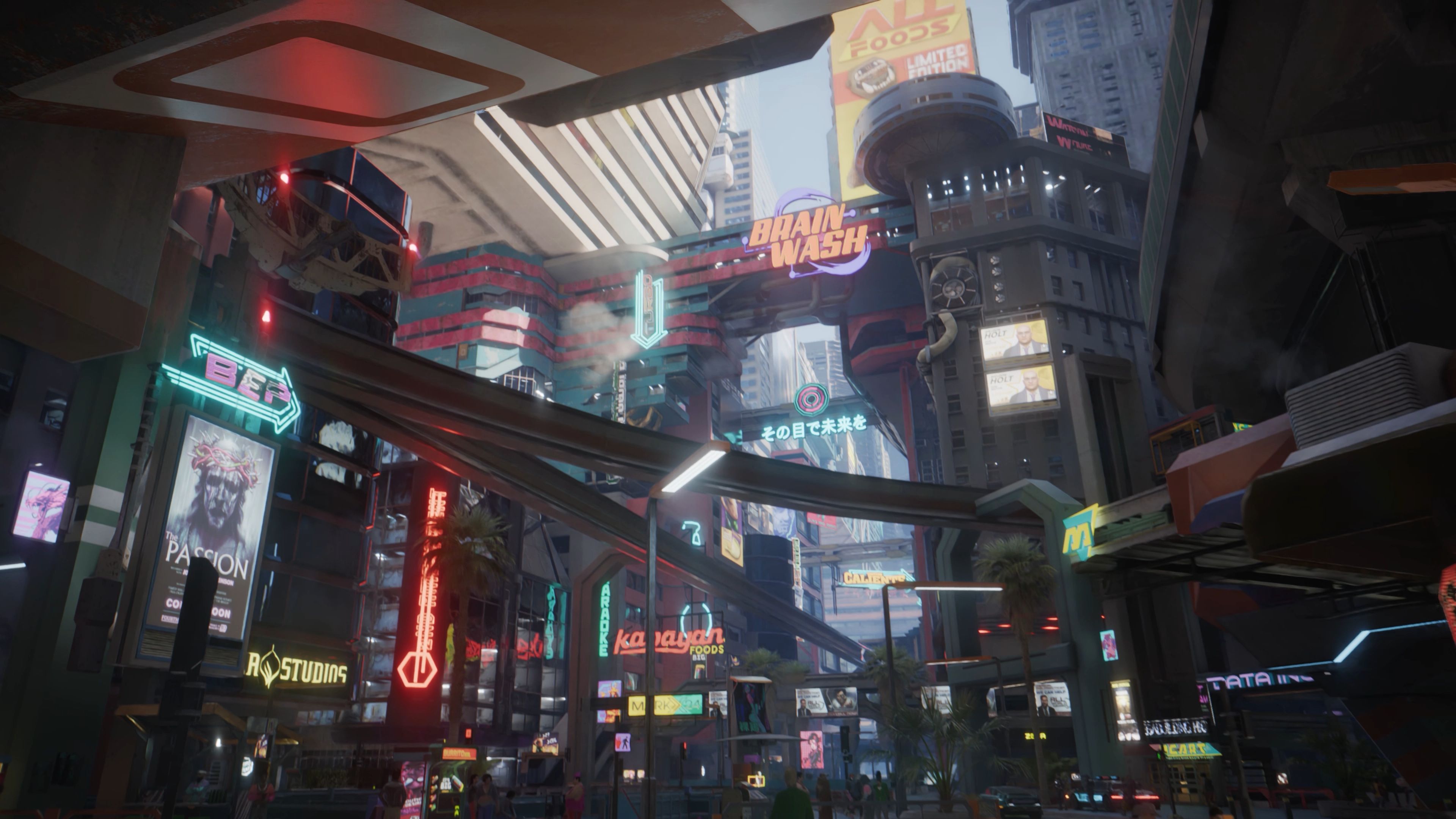Resident Evil 4 Remake Rating Breakdown: Graphics and Gameplay Improvements
The release of Resident Evil 4 Remake in 2023 was met with both excitement and trepidation. As one of the most influential titles in the survival horror genre, the original 2005 game set a benchmark for action-oriented horror, third-person shooting mechanics, and atmospheric storytelling. Remaking such a beloved classic was a monumental task, but Capcom delivered an experience that honors the legacy of the original while introducing significant modern enhancements. This rating breakdown focuses on two critical pillars of the remake: its graphical overhaul and gameplay improvements, which together redefine the experience for both newcomers and veteran players.
Graphics: A Visceral Reimagining
Visual Fidelity and Artistic Direction
The original Resident Evil 4 was praised for its visuals upon release, leveraging the capabilities of the Nintendo GameCube and PlayStation 2. However, the remake leverages Capcom’s proprietary RE Engine, which has powered recent critically acclaimed titles like Resident Evil 2 Remake, Devil May Cry 5, and Monster Hunter Rise. The result is nothing short of stunning.
The game’s environments have been completely rebuilt with an extraordinary level of detail. The fog-drenched villages, decrepit castles, and sinister laboratories are now dripping with atmosphere. Textures are remarkably lifelike—wood grain splinters, metal rusts realistically, and rain-soaked landscapes reflect light in ways that heighten tension. Character models, especially for protagonists Leon S. Kennedy and Ashley Graham, are meticulously crafted, conveying emotion and fatigue through subtle facial animations and physical details like mud stains and sweat.
Lighting plays a pivotal role in the remake. Dynamic shadows and volumetric lighting create an oppressive, claustrophobic feel. Flashlights cut through darkness with realistic beam effects, and fire illuminates rooms in flickering hues that make every encounter feel unpredictable. The infamous village sequence at night, for example, is far more terrifying thanks to the interplay of light and shadow, making Ganados lurking in the darkness feel genuinely threatening.
Animation and Gore System
Character animations are fluid and responsive, adding to the immersion. Enemy movements are more erratic and menacing, with Ganados twitching, stumbling, and lunging in ways that feel authentically unhinged. The gore system is particularly noteworthy—dismemberment is visceral, with enemies reacting realistically to shots to limbs or head. The infamous chainsaw-wielding enemies now deliver kills that are brutally graphic, amplifying the horror.
The only minor critique lies in occasional texture pop-in on some platforms, but it’s a negligible issue in an otherwise visually flawless package.
Graphics Rating: 10/10
Capcom’s RE Engine once again proves its prowess, delivering a visually masterful experience that sets a new standard for remakes. The artistic direction remains faithful to the original while expanding upon its atmosphere in ways that were previously impossible.

Gameplay: Refining a Classic
Combat and Controls
The original Resident Evil 4 revolutionized third-person shooter controls with its over-the-shoulder perspective. The remake retains this core mechanic but refines it for modern audiences. Movement is more fluid, with Leon able to move while aiming—a significant departure from the tank-like controls of the original. This change makes combat faster and more dynamic, though some purists might argue it reduces the tension. However, the game compensates by making enemies more aggressive and numerous, ensuring that players are constantly under pressure.
The knife mechanics have been entirely reworked. Unlike the original, where the knife was a limited-use tool, it now serves multiple purposes: parrying attacks, performing stealth kills, and escaping grabs. This adds a layer of strategic depth, as players must manage the knife’s durability or risk being left vulnerable. Stealth is also more viable now, allowing players to avoid certain encounters or thin out crowds silently.
Inventory and Progression
The attaché case inventory system returns but with tweaks. Crafting is introduced, enabling players to create ammunition, healing items, and resources from materials found throughout the game. This encourages exploration and resource management, key pillars of the survival horror genre. Weapons can be upgraded at merchants, and new perks are available for purchase, offering replayability through different loadout strategies.
The boss fights have been redesigned to feel more epic and challenging. Enemies like El Gigante and Verdugo now require more tactical approaches, leveraging the environment and updated mechanics. Quick-time events (QTEs), which were abundant in the original, have been drastically reduced, making actions like dodging and contextual moves more seamless.
Pacing and Level Design
While the core structure of the game remains intact, certain sections have been expanded or reimagined. The castle and island sequences, for instance, feature new puzzles and alternate pathways, offering fresh surprises even for those familiar with the original. Ashley’s escort missions are less frustrating thanks to improved AI—she now ducks during combat and can be instructed to stay close or keep her distance.
However, some segments, such as the minecart shooting gallery, feel slightly streamlined, which may disappoint fans of the original’s arcade-like moments. Nonetheless, the overall pacing is tighter, with fewer lulls in action and a better balance between exploration, combat, and storytelling.
Gameplay Rating: 9.5/10
The gameplay improvements in Resident Evil 4 Remake elevate an already stellar experience. By modernizing controls, enhancing strategic options, and refining level design, Capcom has managed to make the game feel both nostalgic and entirely new. The minor streamlining of certain sections is a small trade-off for the overall polish and depth introduced.
Conclusion: A New Benchmark for Remakes
Resident Evil 4 Remake is a triumph in both graphical excellence and gameplay innovation. It respects the source material while fearlessly introducing changes that enhance immersion, challenge, and replayability. The visual overhaul immerses players in a world that is more terrifying and believable than ever, while the gameplay refinements ensure that the experience remains engaging for modern audiences.
For those who cherished the original, the remake offers a nostalgic yet fresh journey through one of gaming’s most iconic adventures. For newcomers, it stands as a masterclass in survival horror and action game design. Capcom has not only remade a classic—they have redefined it, proving that some legends can be improved upon.
















